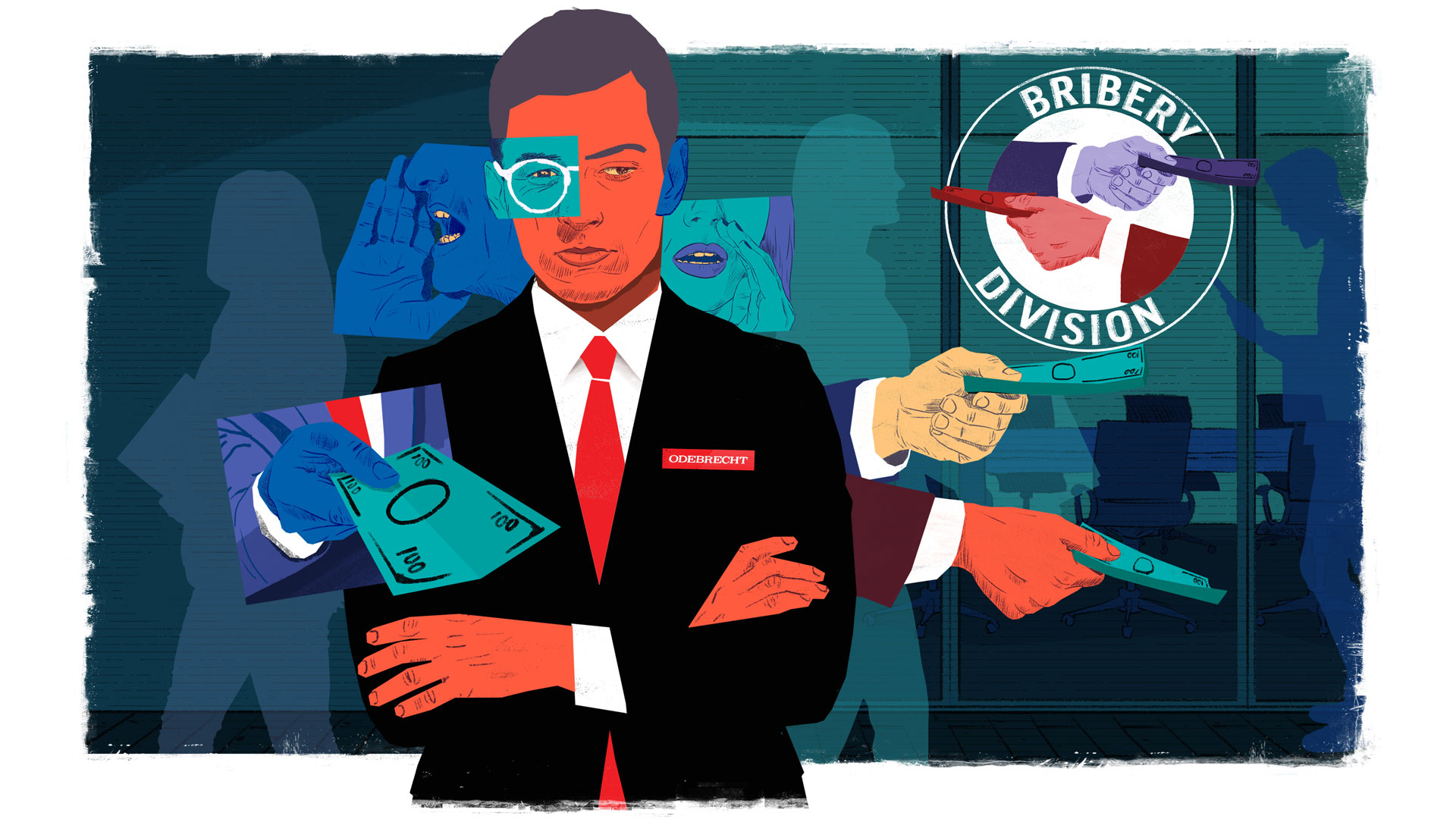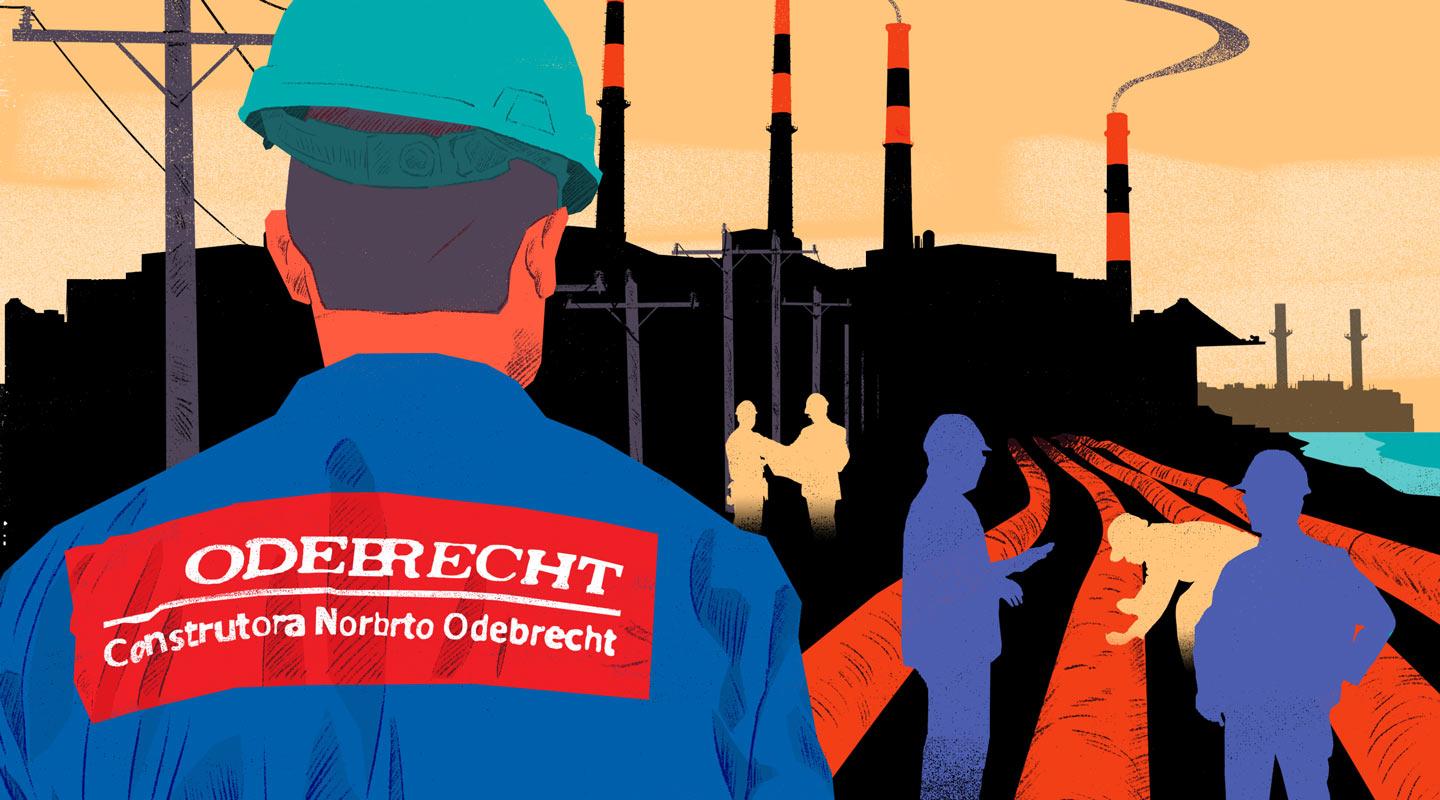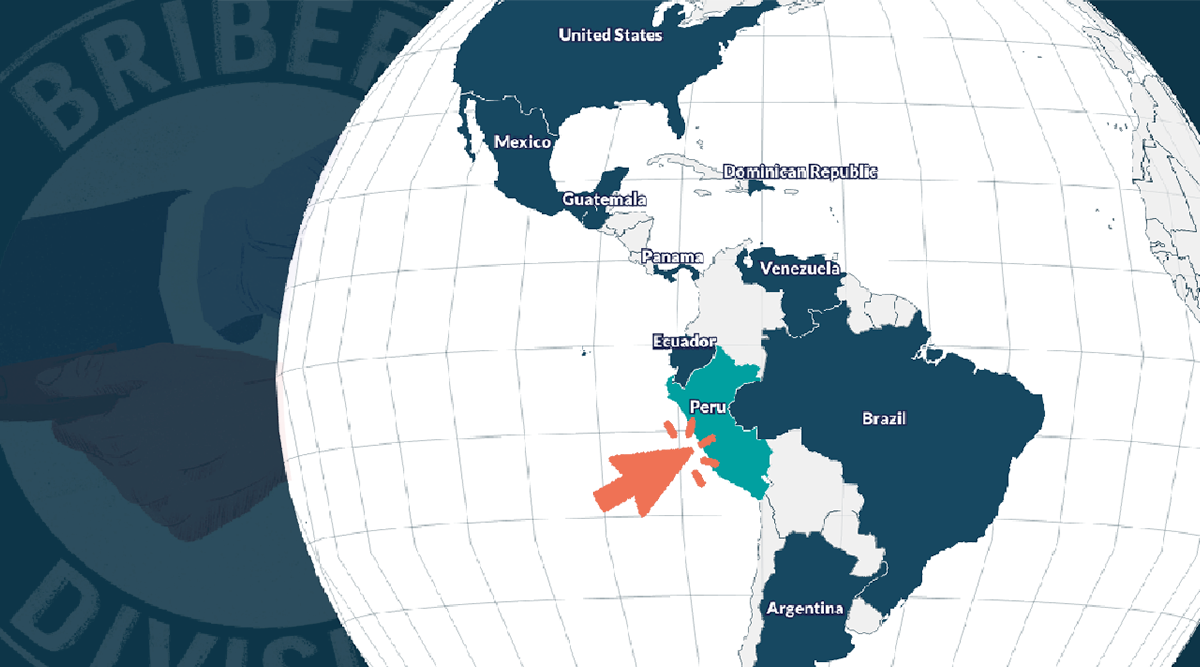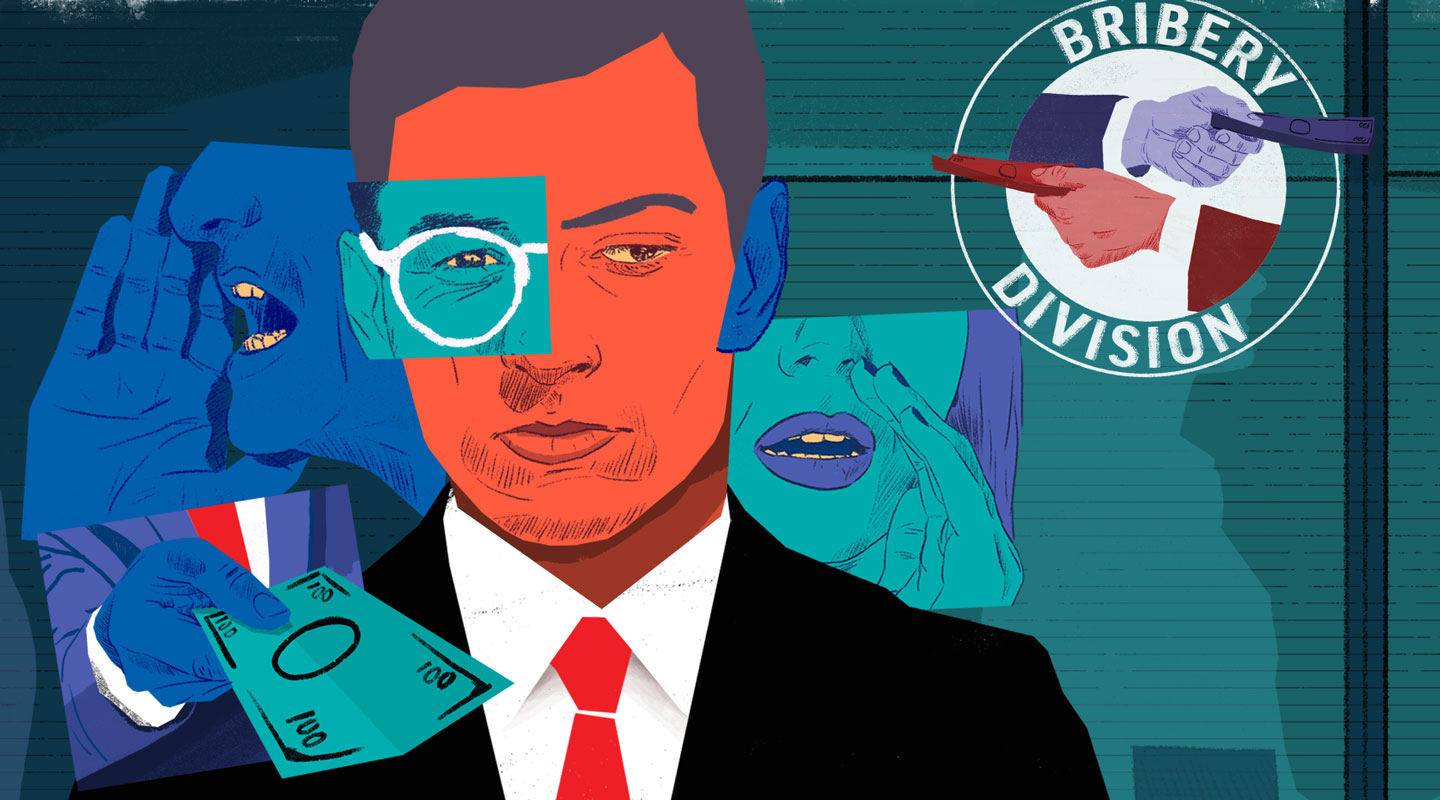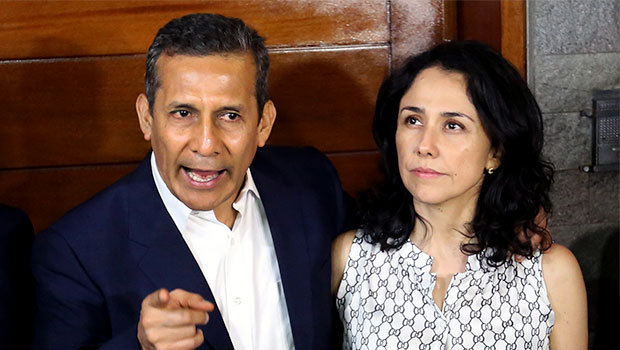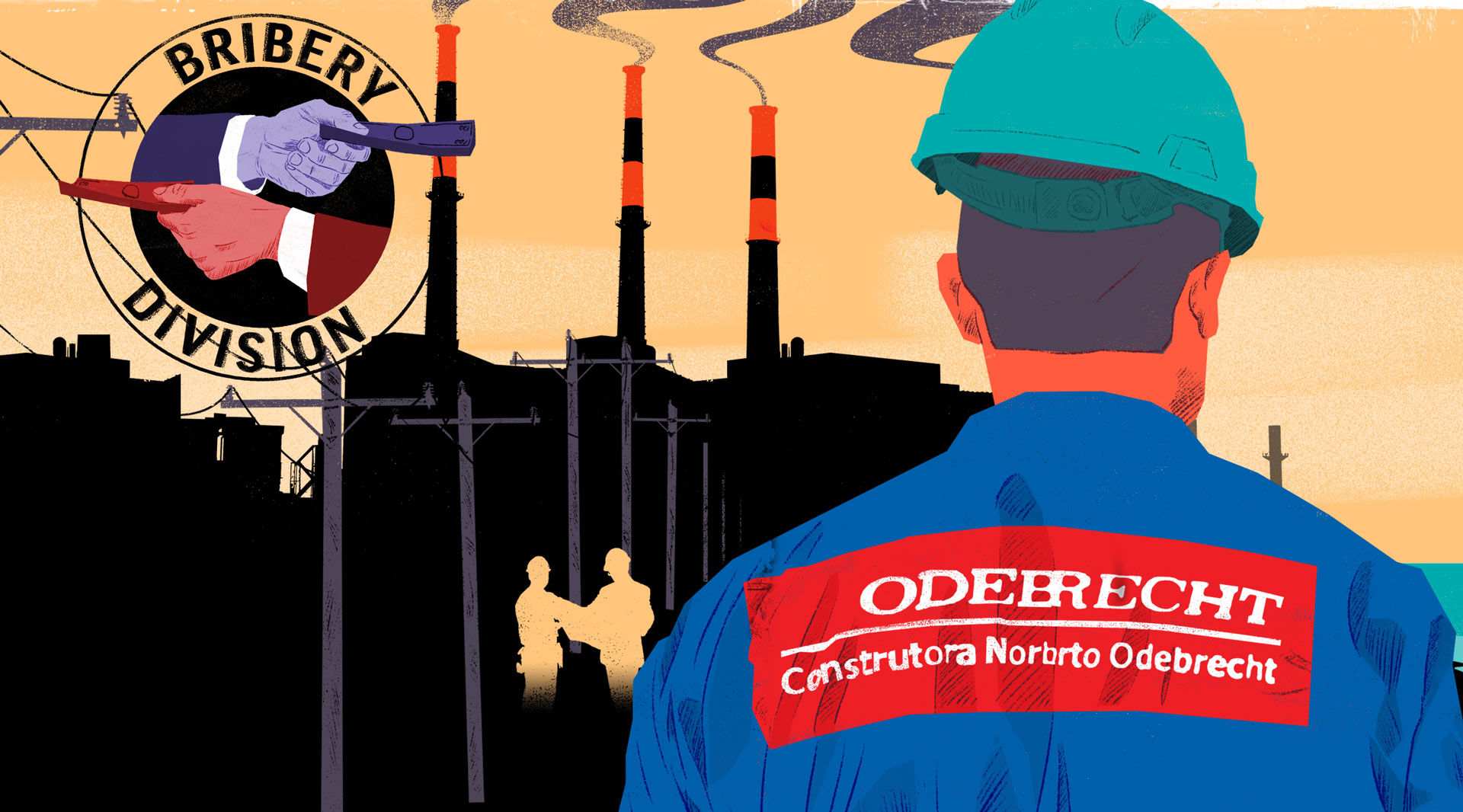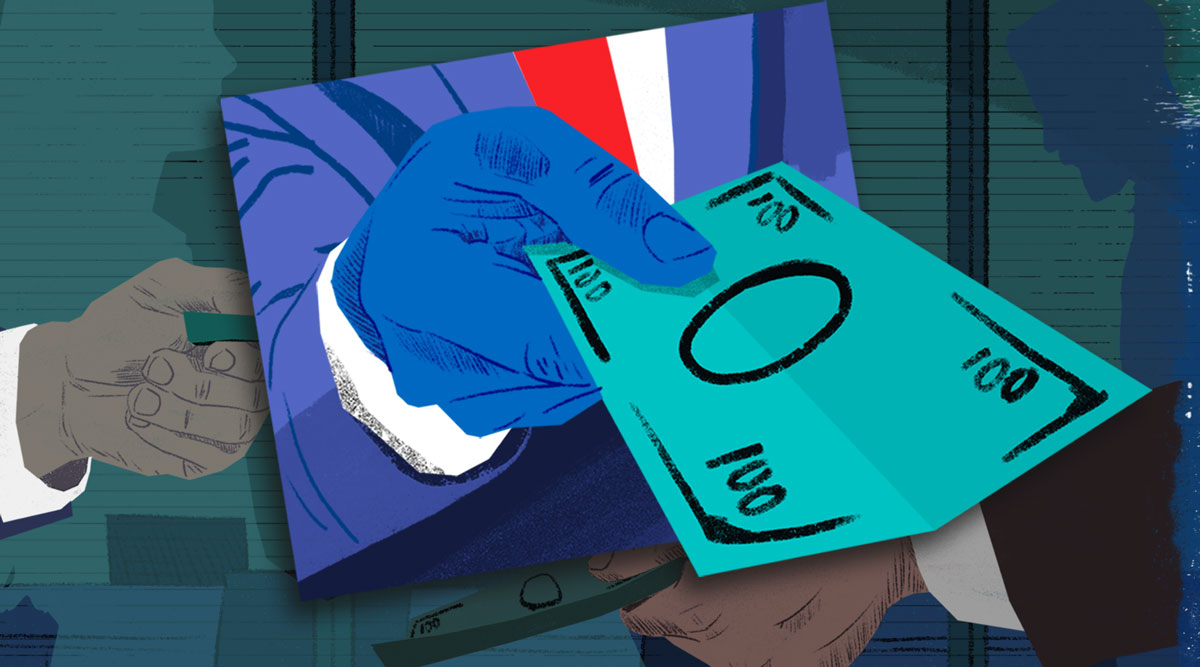The Odebrecht scandal has toppled presidents, other politicians, business figures and lawyers in Latin America and the Caribbean. The scandal came to light in 2014 with Brazil’s Operation Car Wash (Operação Lava Jato) investigation into money laundering, bribery and bid-rigging in connection with public works contracts awarded at inflated prices in a dozen countries. One of the nine Brazilian prosecutors who initially investigated the case, Carlos Lima, has described it as a “thing of criminal beauty.”
What is Odebrecht?
Odebrecht S.A. is the biggest engineering and contracting company in Latin America, and the company has thrown politics in Latin America into chaos like no other before it.
Odebrecht has constructed power plants, railroads, ports and airports — including Miami International Airport — and is involved in mining, offshore oil and gas rigs, steel mills, petrochemical and nuclear plants, and sanitation and irrigation projects.
The company was founded in 1944 and is headquartered in Salvador da Bahia and Sao Paulo, Brazil.
In recent years, the Odebrecht scandal has brought protesters into the streets across Latin America, occupied countless prosecutors, filled courtrooms and destroyed storied careers after generating billions of dollars in ill-gotten gains.
What is the Odebrecht scandal?
Using a complex network of shell companies, off-book transactions and offshore bank accounts, and a dedicated bribery division, Odebrecht paid more than $780 million in bribes to government officials, their representatives and political parties in countries across Latin America and the Caribbean. This conduct helped it win contracts and other benefits totaling $3.34 billion, according to the U.S. Department of Justice, which has described the scheme as “massive and unparalleled.”
What was Odebrecht’s bribery division?
Odebrecht has admitted that it started to systematically bribe officials around 2001. Five years later, it created an entire division – the Division of Structured Operations – primarily dedicated to making corrupt payments.
Prosecution statements and court documents show that the division functioned as a stand-alone bribery unit within Odebrecht. The division reported to the company’s highest levels. To conceal its activities, it used an entirely separate and off-book communications and payment system called Drousys. Operators and co-conspirators discussed bribes using secure emails, code names and passwords.

In March 2016, Odebrecht chief executive Marcelo Odebrecht – grandson of the company founder – was sentenced to 19 years in prison for paying about $30 million in bribes. He and scores of Odebrecht colleagues agreed to give evidence in return for reduced sentences, revealing that the bribery division made illegal payments totaling hundreds of millions of dollars to secure government contracts in at least 12 countries. Secret files from this unit formed the basis of the International Consortium of Investigative Journalists’ investigation.
Sung-Hee Suh, then a deputy assistant U.S. attorney general, described it this way: “Odebrecht … used a hidden but fully functioning Odebrecht business unit — a ‘Department of Bribery,’ so to speak — that systematically paid hundreds of millions of dollars to corrupt government officials in countries on three continents.”
Who are some of the big names implicated in the Odebrecht scandal?
- Currently jailed, former Brazilian President Luiz Inácio Lula da Silva has been convicted twice of taking Odebrecht bribes. Dozens of Brazilian politicians have been investigated because of the scandal.
- Former Salvadoran President Mauricio Funes is suspected of embezzling $351 million.
- Former Panamanian President Ricardo Martinelli and several people close to him are suspected of receiving Odebrecht bribes.
- Former Ecuadorian Vice President Jorge Glas is in jail because of his links to Odebrecht corruption.
- Former Peruvian President Alan Garcia committed suicide in April when police went to his home to arrest him on charges related to Odebrecht. Peruvian President Martin Vizcarra and three former presidents, Pedro Pablo Kuczynski, Ollanta Humala and Alejandro Toledo, are all under investigation in connection with the Odebrecht scandal. Humala has been indicted on corruption charges.
- Politicians in Guatemala and Colombia have been engulfed, too.
What is Operation Car Wash?
Operation Car Wash, an ongoing investigation by the Federal Police of Brazil, began as a money-laundering probe and quickly expanded to examine corruption connected to Brazil’s state oil company, Petróleo Brasileiro S.A., or Petrobras, a multinational.
Prosecutors alleged that Petrobras executives were accepting bribes in return for awarding contracts at inflated prices and that the bribes were shared with middlemen and politicians. In September 2018, Petrobras agreed to pay an $853.2 million fine in a deal with the U.S. Department of Justice to settle charges that former executives and directors of the company broke U.S. anti-corruption laws by paying and seeking to conceal bribes. Total payoffs could exceed $5 billion.
Odebrecht was pulled into the scandal when investigators began focusing on construction contracts, including for the FIFA World Cup and the Olympics.
Why Car Wash?
The law enforcement operation got its name because investigators initially focused on a gas station and car wash where some payoffs were laundered.
Why was the U.S. Justice Department involved?
The U.S. investigated Odebrecht because the company was suspected of making illicit payments from bank accounts in New York City and because meetings were held in Miami.
Payments could pass through up to four offshore bank accounts before reaching a corrupt politician or political party. Odebrecht bought an Antiguan branch of an Austrian bank to minimize the risk of arousing suspicion.
In 2016, Odebrecht and Braskem, a Brazilian petrochemical company in which Odebrecht has a controlling interest, pleaded guilty and agreed to pay a combined penalty to resolve charges in the U.S., Brazil and Switzerland over bribes paid around the world. In April 2017, a U.S. judge ordered Odebrecht to pay $2.6 billion in fines, with about $93 million going to the U.S., $2.39 billion to Brazil and $116 million to Switzerland.

What is happening with the Odebrecht case now?
Odebrecht has entered into cooperation agreements with authorities in Brazil, the United States, Switzerland, the Dominican Republic, Panama, Ecuador and Guatemala. Under these agreements, Odebrecht has promised to share with prosecutors information about its crimes in exchange for immunity or reduced penalties for the company and its executives.
This cooperation has helped produce a steady drumbeat of criminal charges across Latin America against politicians and others who conspired with Odebrecht.
But as ICIJ’s investigation reveals, many public works projects and public figures associated with Odebrecht’s hidden payments in these countries have been overlooked in criminal prosecutions to date. It is unclear whether this information is known to prosecutors, who may be using it for ongoing investigations or who may have decided not to act on it.
It is also unclear whether Odebrecht hid the information from prosecutors.
How has the scandal affected Odebrecht?
On June 17, Odebrecht filed for bankruptcy protection in Brazil to negotiate debts of more than $13 billion. The procedure would allow the company to continue operating while it restructures its debts with creditors.
The move came after a prospective buyer of an Odebrecht subsidiary, the Braskem petrochemical company, ended negotiations, depriving Odebrecht of a financial infusion needed to help it pay down its debts.
The company’s bottom line had declined sharply in the wake of the scandal, with annual revenue dropping from a peak of $45.8 billion in 2014 to $25.7 billion in 2016. Its latest annual report changed its reporting method and listed 2017 annual revenue only in Brazilian currency, the real. Based on the December 29, 2017, exchange rate, the company’s 2017 revenues amounted to $24.75 billion.
Is it a right-wing or a left-wing scandal?
The bribery scheme covered the political spectrum.
What documents are the basis of ICIJ’s Bribery Division investigation?
The leak, obtained by the Ecuadorian news outlet La Posta and shared with the International Consortium of Investigative Journalists, contains more than 13,000 documents from Odebrecht’s secret communication system Drousys.
The files include spreadsheets tracking hidden payments, statements from offshore bank accounts, emails, transaction records, contracts and computer logs.

The leaked documents show the inner workings of a global bribery machine in which opaque offshore entities funneled hundreds of millions of dollars in secret payments to companies and banks in countries including the United States, China, the Netherlands, the United Arab Emirates, Panama and Antigua.
The documents also provide a window into a system of public corruption so entrenched and so far-reaching that it entangled politicians and business leaders as well as known criminals who were already being pursued by the law.
Contributors: Emilia Díaz-Struck, Richard H.P. Sia, Tom Stites, Joe Hillhouse, Amy Wilson-Chapman and Hamish Boland-Rudder.
